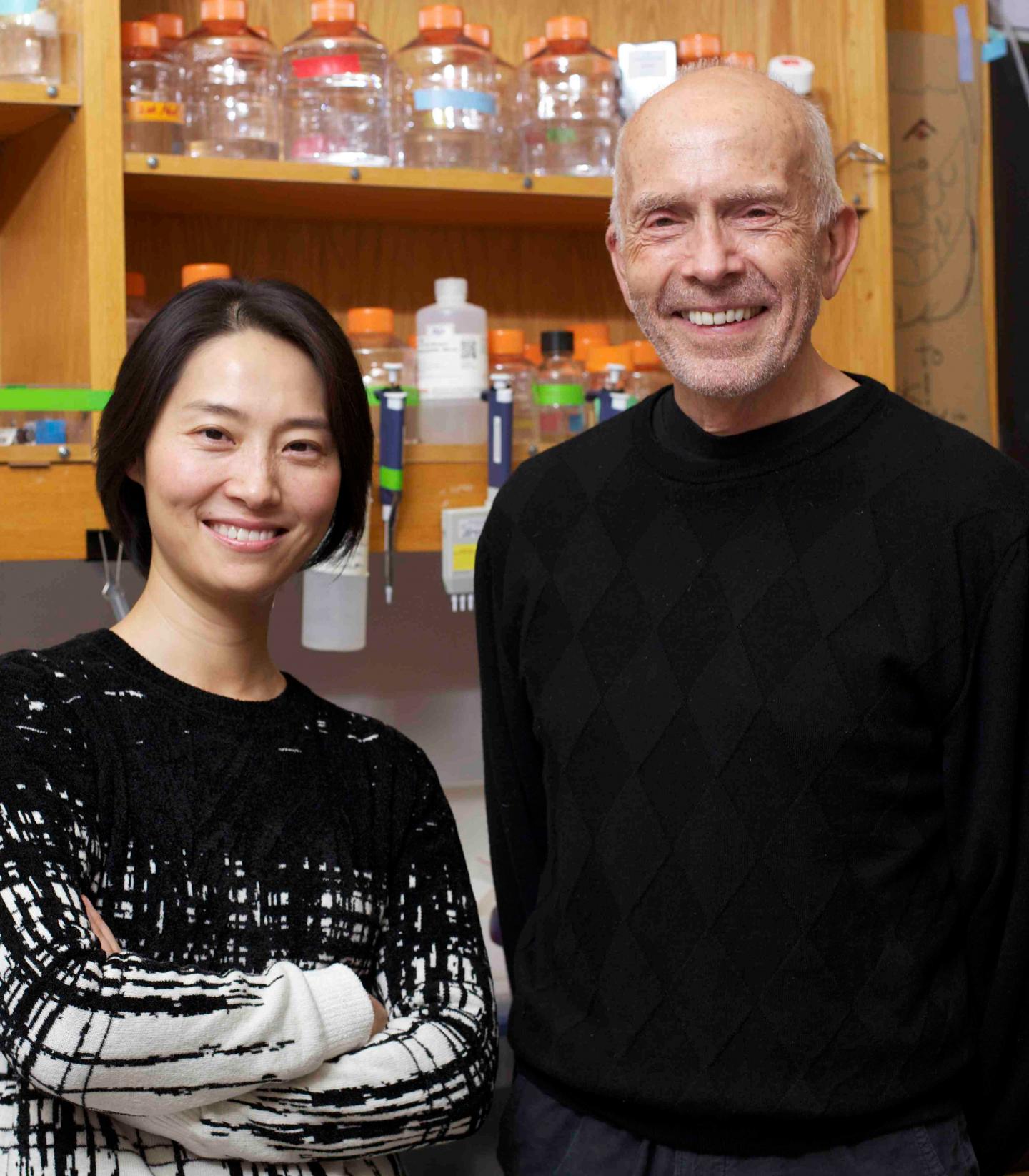
Credit: The Scripps Research Institute
LA JOLLA, CA & JUPITER, FL – Dec. 9, 2016 – New research led by scientists at The Scripps Research Institute (TSRI) reveals that a human enzyme has changed little from its days as a bacterial enzyme. In fact, the enzyme appears to be unique in its ability to change its shape–and its job in cells — without overhauling its basic architecture.
"This work illustrates nature's efficiency — how it can take one thing and convert it to another, with a tweak here and a tweak there," said Paul Schimmel, professor at TSRI and senior author of the new study.
The findings were published recently in the journal Proceedings of the National Academy of Sciences.
A Unique Enzyme
Schimmel and his colleagues focused on a member of a family of enzymes called aminoacyl tRNA synthetases. These enzymes originated in ancient bacteria, where they decode genetic information to help produce amino acids. Over time, the enzymes have evolved to carry out even more functions in complex lifeforms, such as humans.
"Aminoacyl tRNA synthetases are associated with–and we believe needed for — the building of organismal complexity, such as making tissues and organs in humans," Schimmel explained.
These new functions are controlled by "decorations," or additions to the aminoacyl tRNA synthetase architecture, which are generally lacking in bacteria; however, there is one aminoacyl tRNA synthetase, called AlaRS, that lacks any new decorations. AlaRS somehow carries out new roles in humans using a preexisting bacterial domain in its structure.
"AlaRS presented an exception to what we thought was a 'rule,' " said Schimmel.
AlaRS's Secret
The scientists in the new study took a closer look at AlaRS using two imaging techniques: X-ray crystallography and small-angle X-ray scattering. The images, combined with functional analysis, showed that a domain of AlaRS's structure, called C-Ala, had been reshaped to take on a new role in humans. The end result is the same as if AlaRS had gained a new decoration.
Schimmel compared it to reshaping an airplane's wing to serve as the airplane's tail instead. "Nature has provided ways for reshaping objects, like C-Ala, and when that happens, new functions occur," he said.
Schimmel said the next step is to figure out the function of human C-Ala. This work may shed light on diseases linked to mutations in aminoacyl tRNA synthetases, such as the neurodegenerative disease Charcot-Marie-Tooth.
In addition to Schimmel, authors of the study, "Two Crystal Structures Reveal Design for Repurposing the C-Ala Domain of Human AlaRS," are Litao Sun (first author), Youngzee Song, David Blocquel and Xiang-Lei Yang of TSRI.
###
This work was supported by the National Cancer Institute (grant CA92577), the National Foundation for Cancer Research and the National Institutes of Health (grant R01 NS085092).
About The Scripps Research Institute
The Scripps Research Institute (TSRI) is one of the world's largest independent, not-for-profit organizations focusing on research in the biomedical sciences. TSRI is internationally recognized for its contributions to science and health, including its role in laying the foundation for new treatments for cancer, rheumatoid arthritis, hemophilia, and other diseases. An institution that evolved from the Scripps Metabolic Clinic founded by philanthropist Ellen Browning Scripps in 1924, the institute now employs more than 2,500 people on its campuses in La Jolla, CA, and Jupiter, FL, where its renowned scientists — including two Nobel laureates and 20 members of the National Academy of Science, Engineering or Medicine — work toward their next discoveries. The institute's graduate program, which awards PhD degrees in biology and chemistry, ranks among the top ten of its kind in the nation. For more information, see http://www.scripps.edu.
Media Contact
Madeline McCurry-Schmidt
[email protected]
858-784-9254
@scrippsresearch
http://www.scripps.edu
############
Story Source: Materials provided by Scienmag





